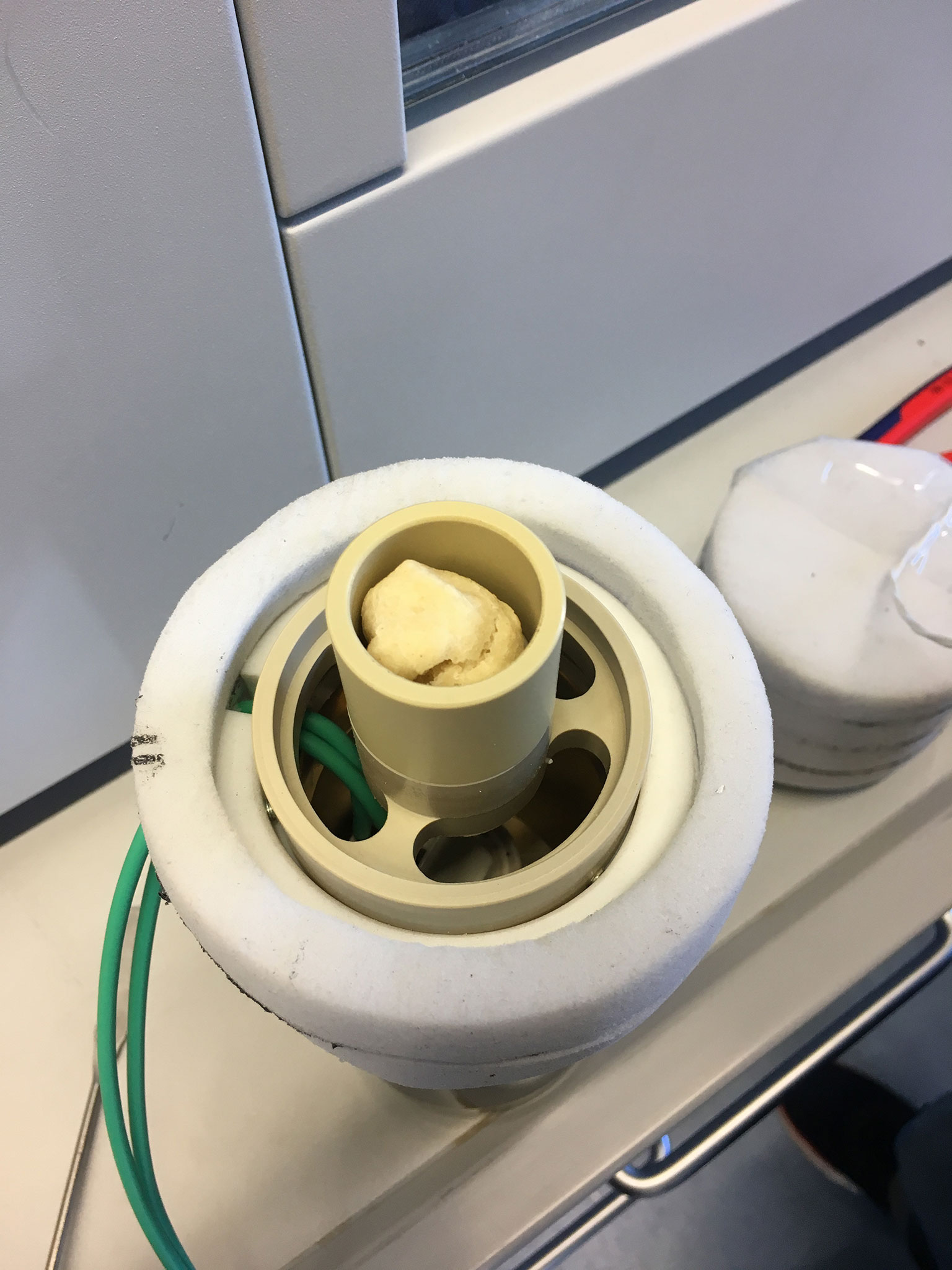
You can find gluten-free foods in pretty much any supermarket today, with a wide selection of pastas and baked goods offering an alternative to conventional products. Occurring naturally in grains, gluten is a composite of proteins that turn dough sticky when flour is mixed with water – hence its name, which is the Latin word for “glue.” Not everyone tolerates gluten: some people suffer from gluten intolerance or have a special sensitivity to it. Gluten is also suspected of being the trigger for various illnesses. However, gluten-free bakery products have one problem: they are often too dry, and therefore for many customers, they are not a good substitute for conventional products.
Fraunhofer EZRT uses computed tomography (CT) to analyze gluten-free bakery products and their behavior during the baking process. Sponsored by the German Federation of Industrial Research Associations (AiF), the project is designed to improve the quality of gluten-free doughs and baked goods. To achieve this, Fraunhofer EZRT is cooperating with various research institutions and industry associations, including the Technical University of Munich and the German Association of Large Bakeries. The goal of the project is to characterize various gluten-free doughs and their behavior during the baking process in an effort to discover how the dough can be better hydrated. This could help the manufacturers of gluten-free foods make products that have improved textures and stay fresh longer. With the number of people suffering from celiac disease and wheat intolerance continuously on the rise, creating a high-quality selection of gluten-free bakery products is in the interests of companies – particularly small and medium-sized ones.
The scientists have been working on the project for one and a half years. For scanning, the compact CTportable 160.90 system is applied, which is an in-house developedment. A short measurement time with good resolution and ease of transport are among the advantages it offers. In addition, the researchers developed an oven that is both heat-resistant and easy to irradiate in order to precisely analyze the baking process. In the future, the plan is to test many different varieties of dough, paving the way for the production of high-quality gluten-free bakery products.